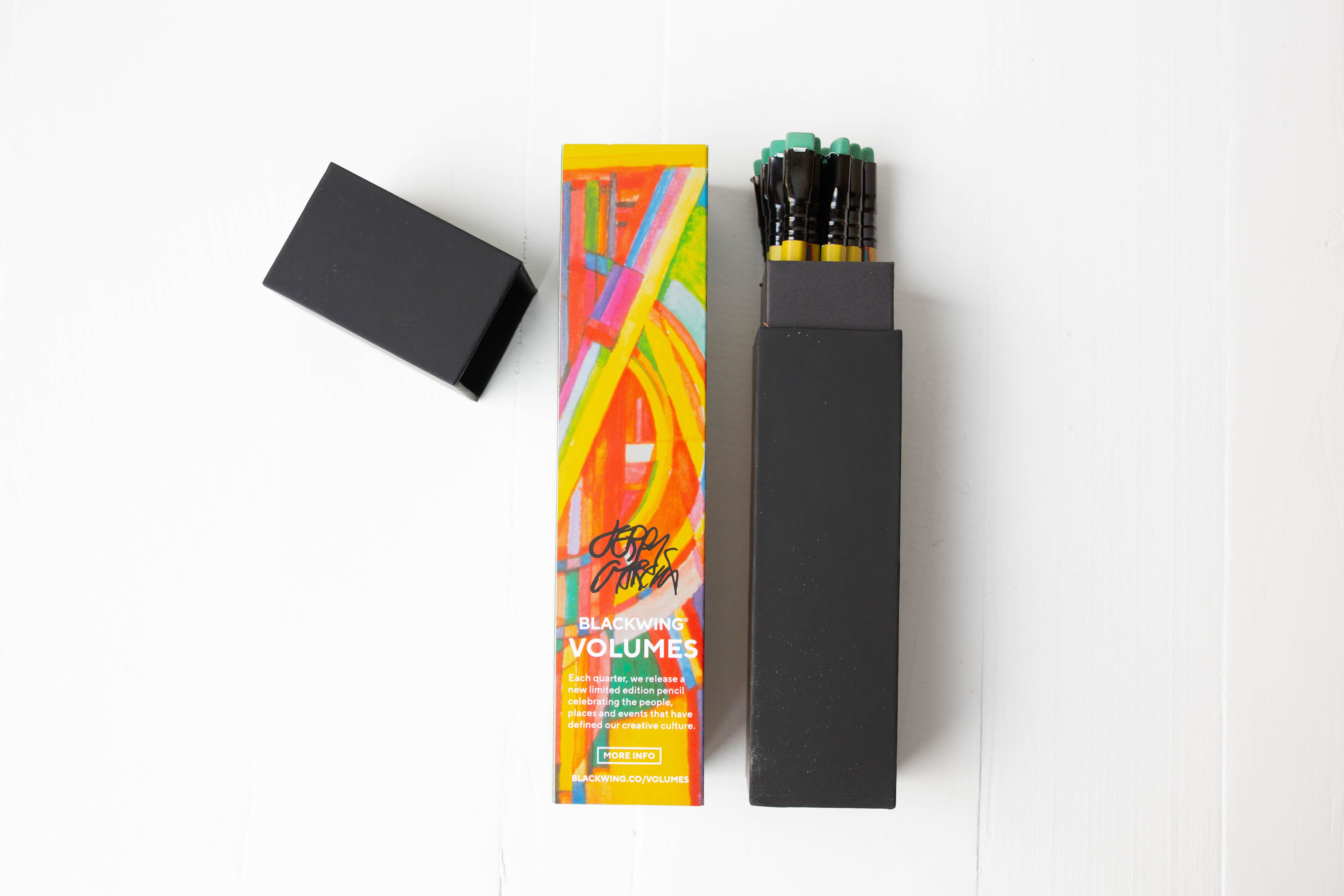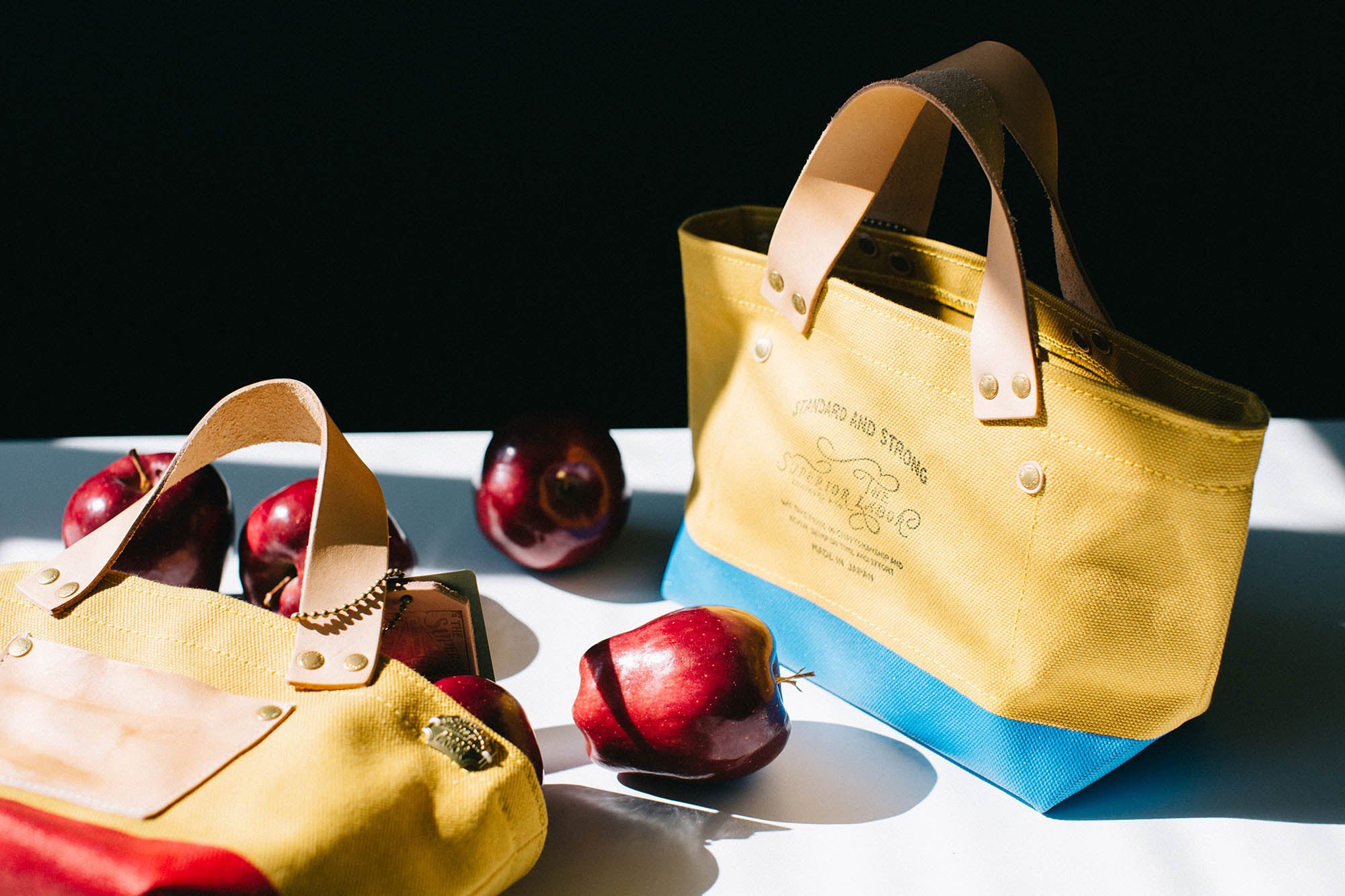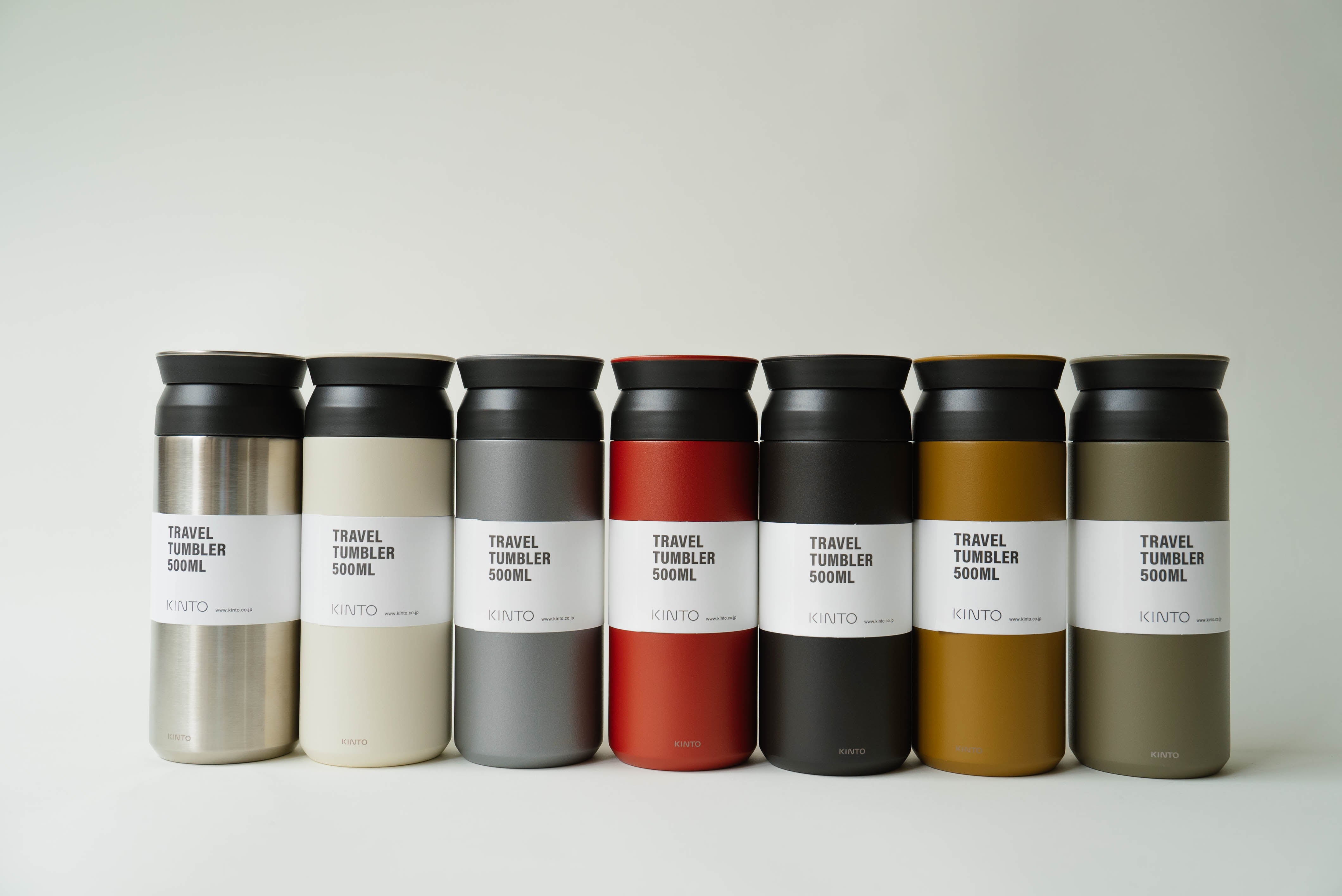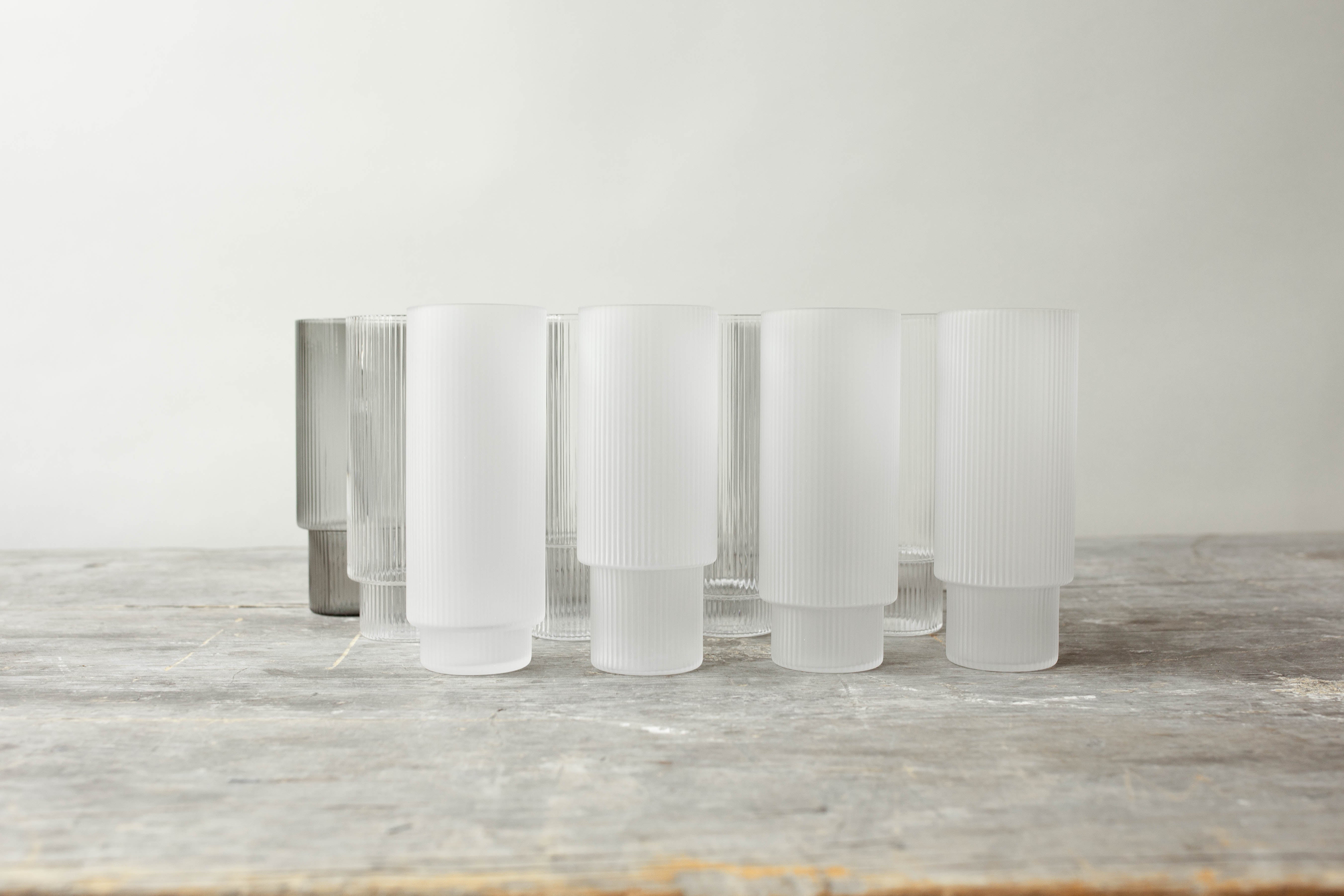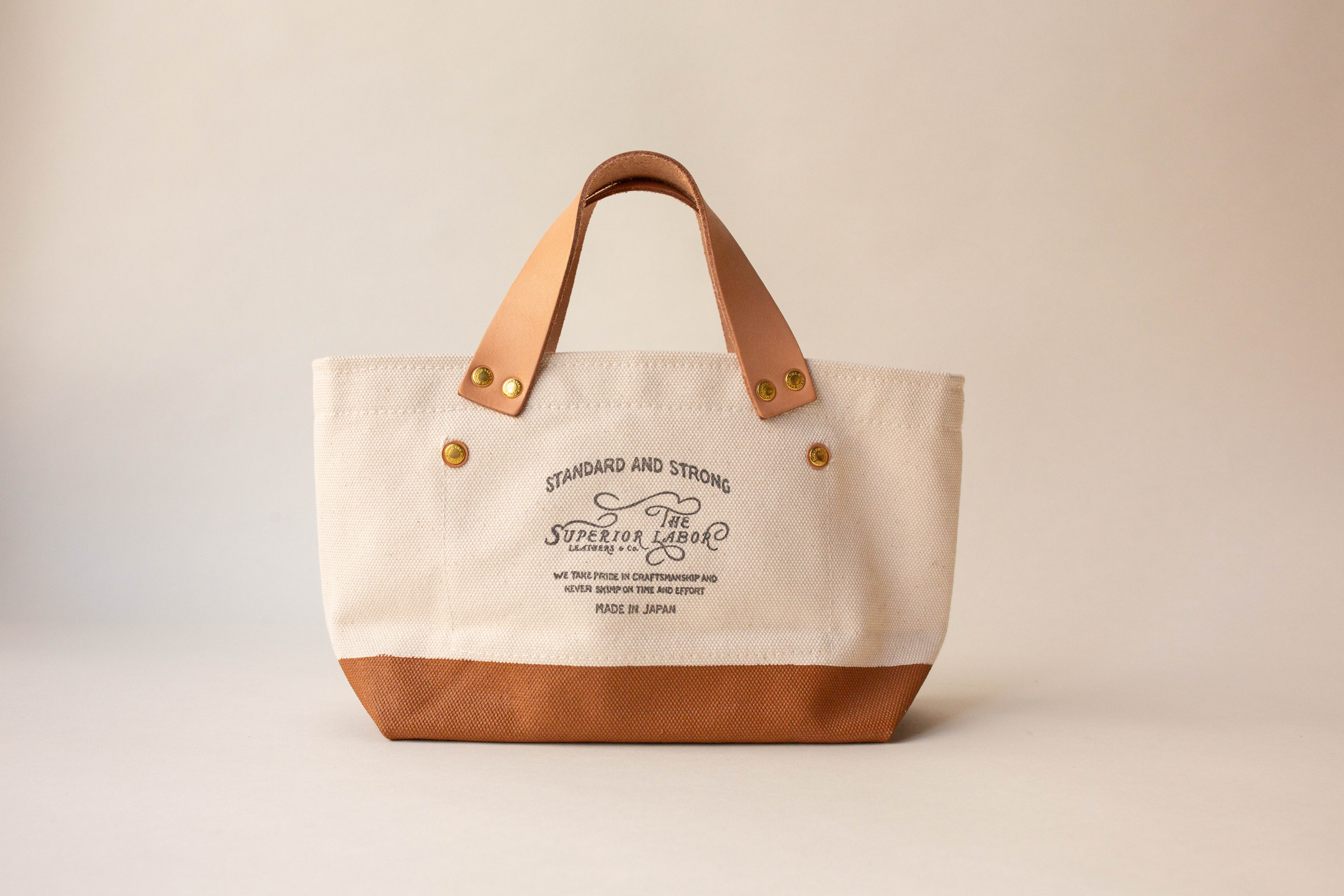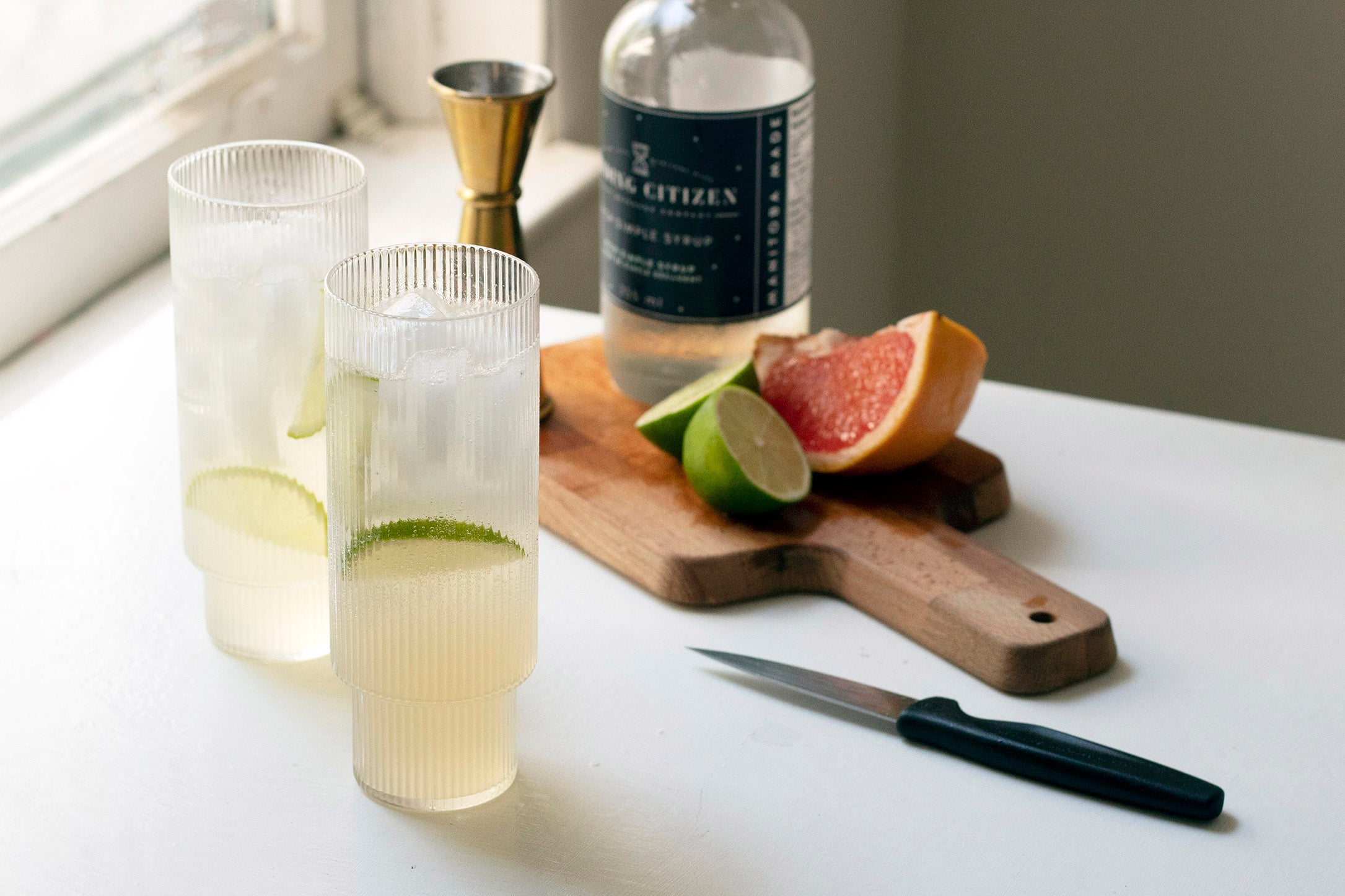Using Your Green Thumb
There’s something about summer that makes us feel like we’re equipped with the greenest thumb. Our gardens suddenly overflow with branches, leaves, and vines growing every direction – paying no attention to the boundaries of the garden bed. The negative space of the soil, that we once found charming and pleasing, loses ground with each passing day to all the lush plants. Indoors, our plants are equally as content, as they are blessed with long sunny days that they missed over the winter. By mid-July, we almost don’t know what to do to keep the thriving plants at bay.
For those plants that get particularly unruly, we opt to trim them back – and then promptly aim to propagate them using the cuttings to add to our plant collection (or to give to someone special).

Here’s how we do it:
Step one – Look for the node
Though not all plants have nodes, many common houseplants do. On a mature plant, look right below where a leaf attaches to the stem or vine. There should be a small brown bump – that’s the node! You’ll want to trim the plant back a couple inches before the node and include it in your cutting.
Step two – Remove leaves close to the node
Leaves that are too far down the cutting will get soggy when you put it in water – and when you eventually plant your cutting, they will need to be removed anyway so that they’re not covered in soil.
Step three – Place your cuttings in glass vessels
Fill your bud vases with enough water that the node on your cutting will be submerged. Place your cuttings in the vase, and put it in a spot that receives bright, indirect light. Don’t put your cutting in a place that receives too much sun, otherwise the leaves will get scorched.
Step four – Be patient
Maybe the hardest step! Check for root growth from the node on a weekly basis, and replace the water in the vase every few days to keep it from getting murky.
Step five – Plant your cutting
If you’d like, you can transplant your cutting from the vase into a pot when the roots are at least one inch long (which should take about five weeks). Once the cutting is planted, saturate the soil with tepid water, and make sure you let your new plant dry out between waterings.





